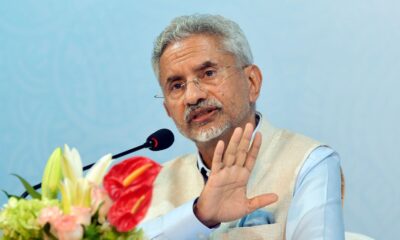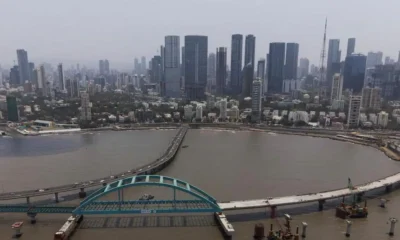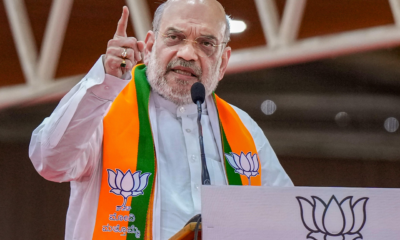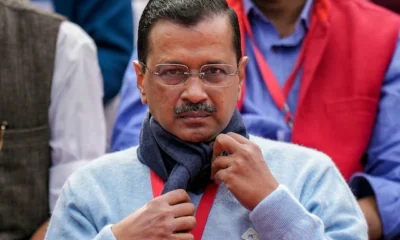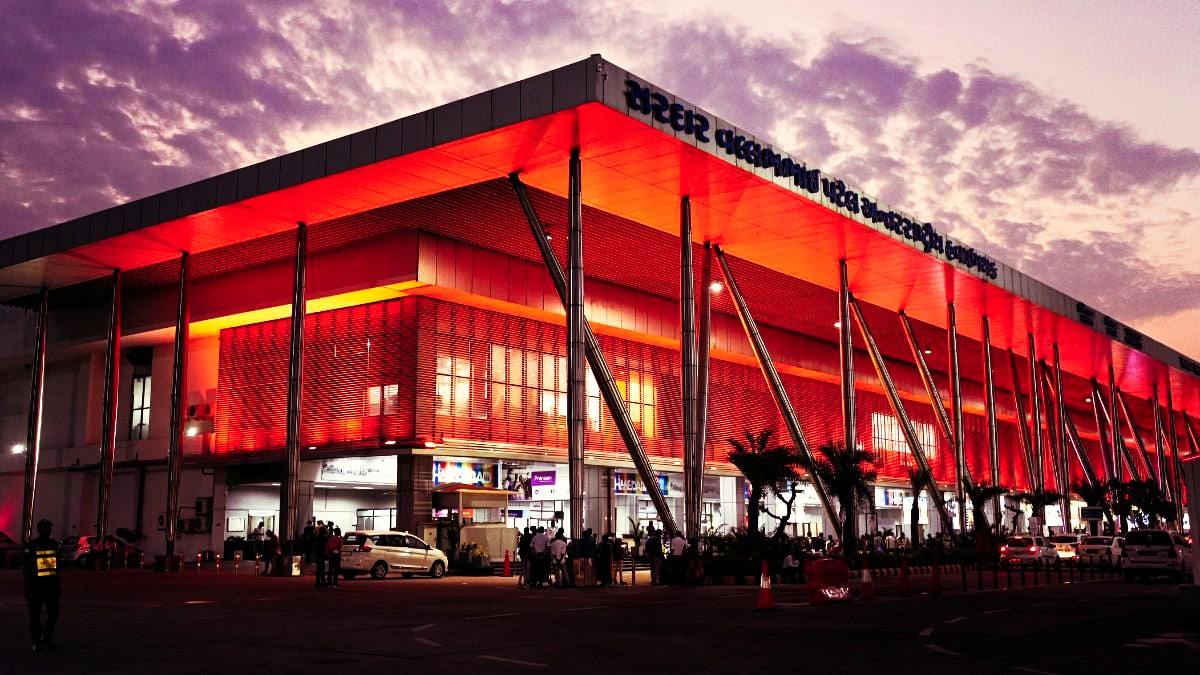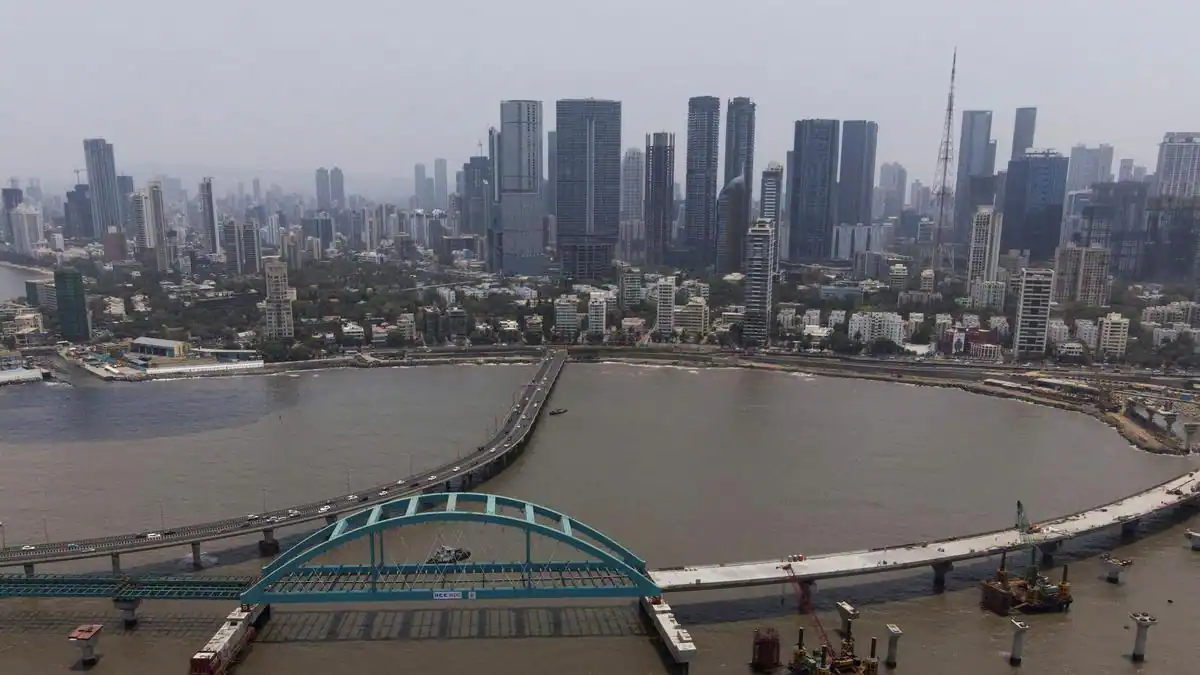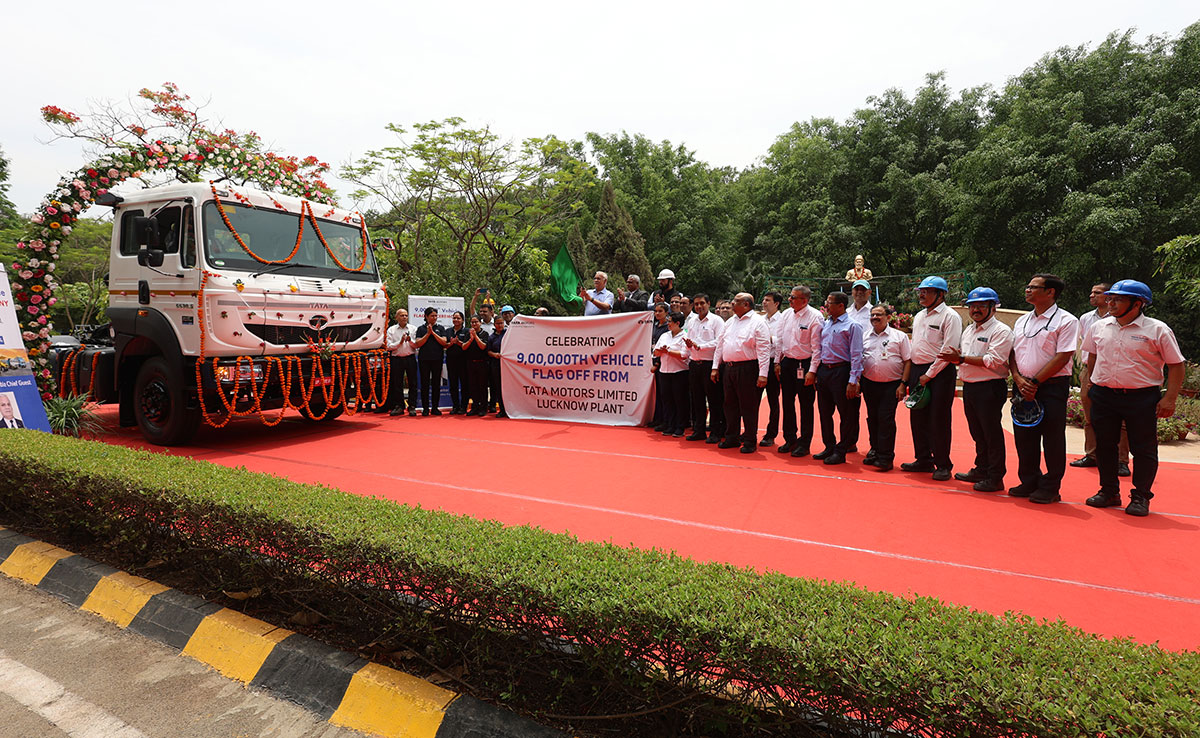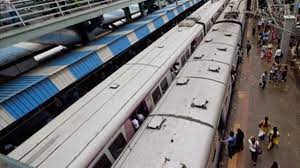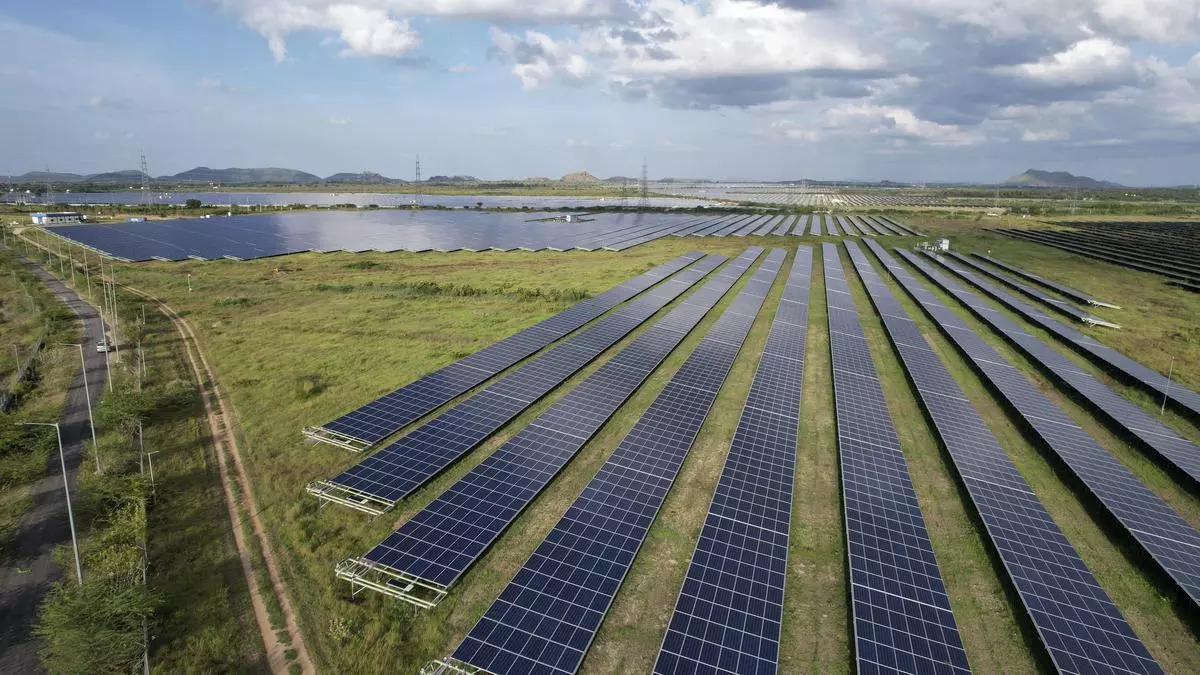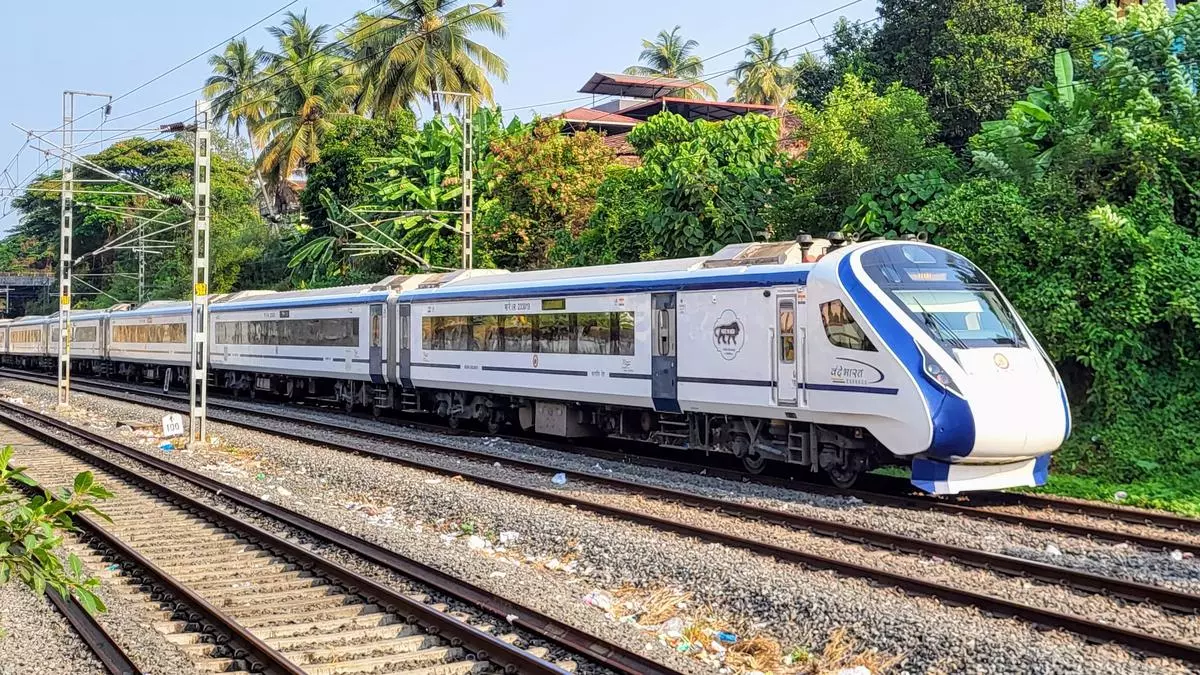Infrastructure Development
Mumbai’s Bandra-Worli sea link toll rates to increase by 18% from April 1
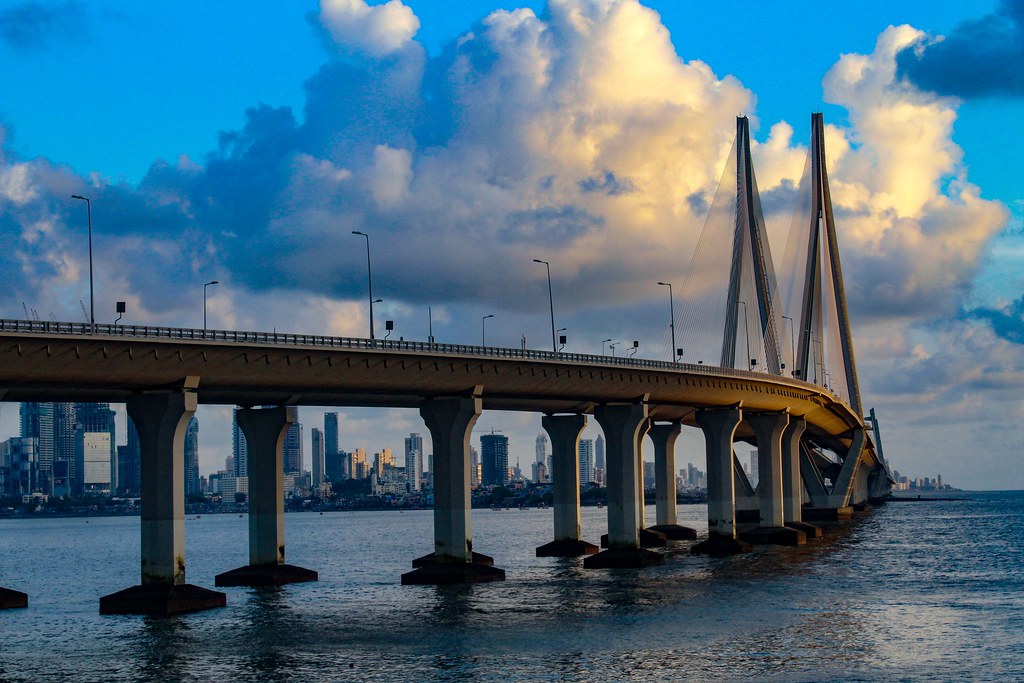
The Daily Guardian is now on Telegram. Click here to join our channel (@thedailyguardian) and stay updated with the latest headlines.
For the latest news Download The Daily Guardian App.
Aviation
Ahmedabad Airport enhances capacity with new stands and upgrades
Infrastructure Development
Mumbai coastal road, sea link connected by second girder
Infrastructure Development
GMR Intl Airport upgraded by S&P Global on tariffs, robust traffic
Infrastructure Development
Railways developing Amrit Yard Model to ease congestion
Economic
Gujarat and Karnataka lead clean energy transition: IEEFA Report
Infrastructure Development
Modi 3.0 Unveils Ambitious Railway Investment Plan of Rs 10-12 Lakh Crore
-

 Opinion3 years ago
Opinion3 years agoPakistan-China nexus trying to sow doubts in Indian society about governance systems
-

 Entertainment8 years ago
Entertainment8 years agoThe final 6 ‘Game of Thrones’ episodes might feel like a full season
-

 Entertainment8 years ago
Entertainment8 years agoThe old and New Edition cast comes together to perform
-

 Fashion8 years ago
Fashion8 years agoThese ’90s fashion trends are making a comeback in 2017
-

 Opinion3 years ago
Opinion3 years agoEnvironment day with a missing spring and lost souls
-

 Politics8 years ago
Politics8 years agoIllinois’ financial crisis could bring the state to a halt
-

 Entertainment8 years ago
Entertainment8 years agoNew Season 8 Walking Dead trailer flashes forward in time
-

 Entertainment8 years ago
Entertainment8 years agoMod turns ‘Counter-Strike’ into a ‘Tekken’ clone with fighting chickens

